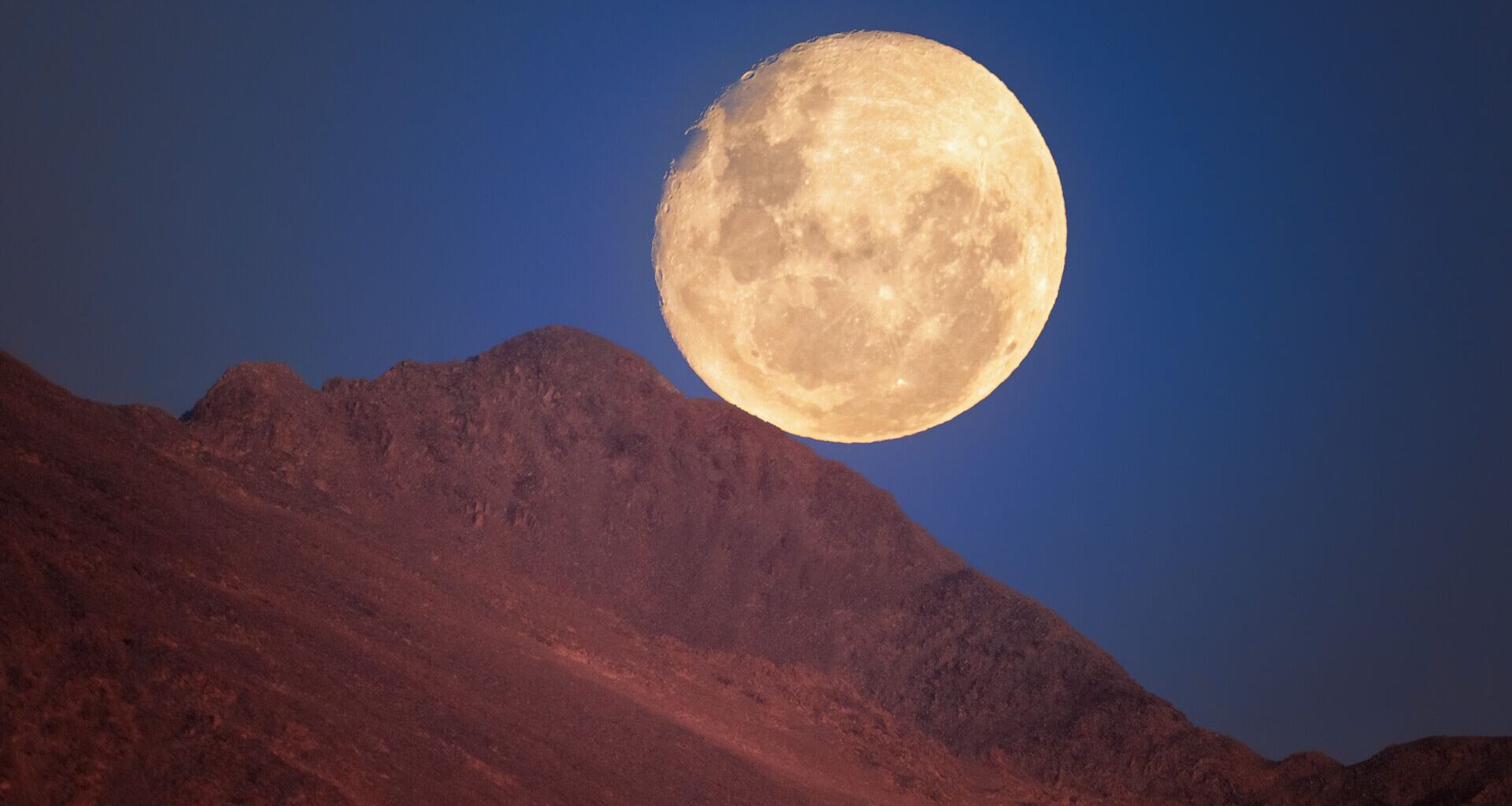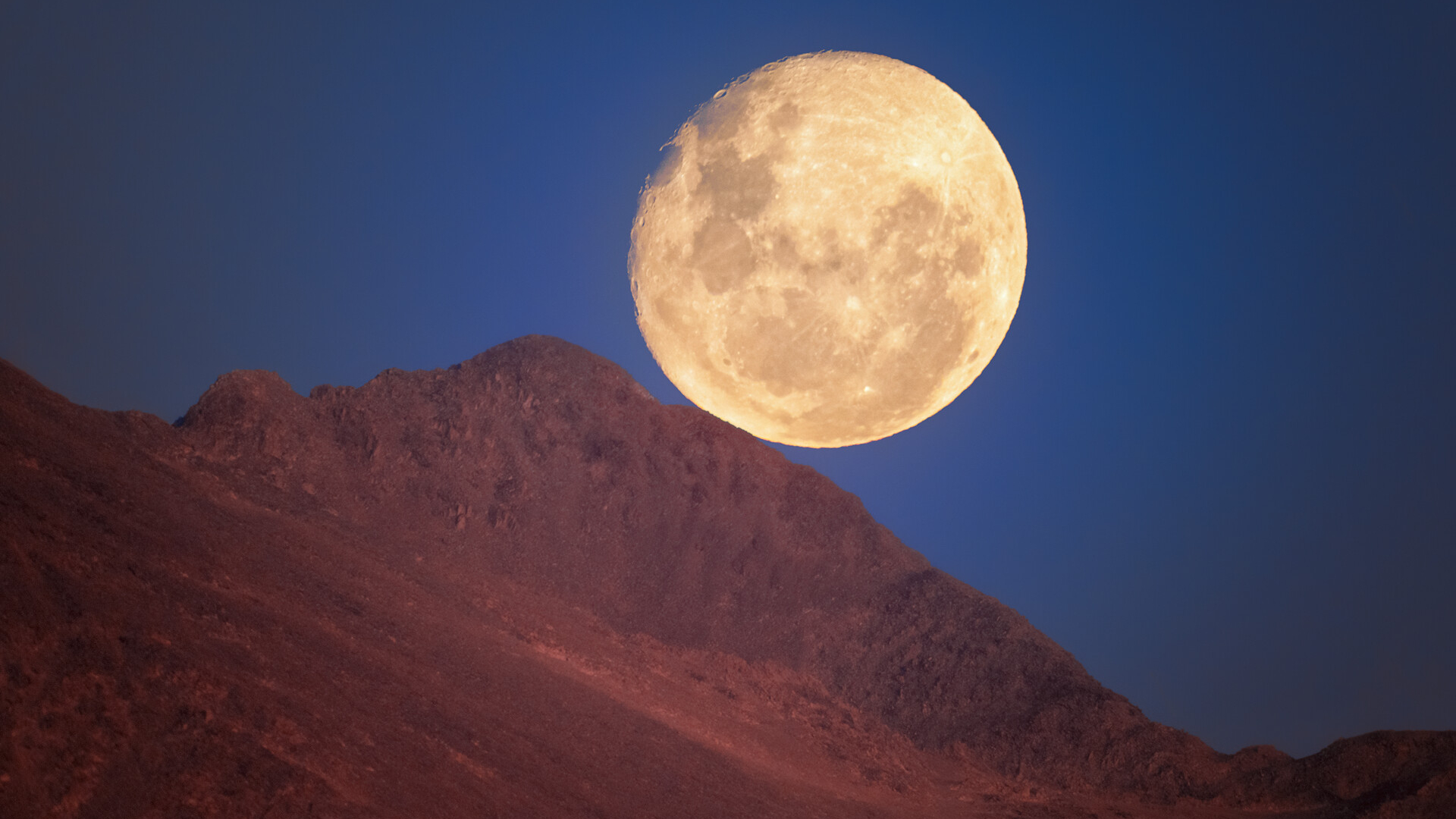When the gibbous moon hits your eye like a big glowing orb … you know you’re in the Andes Mountains. This full moon was recently captured by Petr Horálek of NOIRLab in the Atacama Desert in Chile, where important astronomical observatories like the Very Large Telescope (VLT) and Atacama Large Millimeter/submillimeter Array (ALMA) reside.
For astronomers and stargazers, the gibbous phase provides excellent visibility for spotting lunar craters and highlands, while for ancient peoples and modern observers alike, it has long symbolized growth, transition and the fullness of cycles.
You may like
Where is it?
This photo was taken at Cerro Pachón, a mountain in Chile’s Atacama Desert.
The gibbous moon offers a lot of light for astronomers to study lunar features. (Image credit: NOIRLab/NSF/AURA/P. Horálek (Institute of Physics in Opava))Why is it amazing?
Thanks to the excess glow from the gibbous phase, moongazers can see dark splotches, or maria, across the surface of our moon. These maria were created when the moon had active volcanoes. Two very specific and important maria can be seen in this image: Mare Tranquillitatis (above left of center) and Mare Serenitatis (left of the moon’s center). Both of these sites are part of humanity’s rich legacy of visiting the moon.
Want to learn more?
You can learn more about moon landings and other features of the moon.


